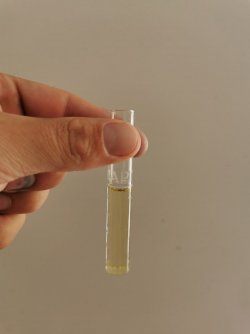That tells us a few things. First, water changes are good. Test the nitrate though, just to see if it is consistent (it should be). Test before the W/C, and after so you can see if there is any increase from one W/C to the next (there should never be). The nitrate level is part of the algae issue, or can be, since varying nitrates suggest an unbalance in the biological system.
Prime should not affect ammonia, nitrite or nitrate test results. Prime does not remove these, it merely binds them so they become non-toxic, but only for 24-36 hours; if still present, they will revert to the toxic form [according to Seachem, all this]. Tests will show toxic/non-toxic forms the same so you cannot tell which from these.
Without live plants, algae will take the light and nutrients and be present. You can reduce the algae if you want to by reducing the light and nutrients. That is up to you of course. The plant issue was light, nutrients or both. I have moderate to low lighting over my tanks, and with no more than seven hours per day (on timers), I eradicated black brush algae and have seen no problem algae for five years now.
Now, the fish deaths...the gourami are not suitable tankmates for nippy fish like the barbs, so this may be the cause of their demise. You may not see the aggression, but it can still be present; fish communicate via pheromones (read by fish in that species) and allomones (read by other species), and they express various "thoughts" via these chemical communications. Aggressive or threatening signals can certainly cause severe stress to the targeted fish, and lead to death. Ironically, the TB may also have been the victim of similar aggression from the Red Tail Shark, if not each other. I don't know how many TB you had in the shoal, but anything less than 8-9, preferably a few more than this, is cause for concern; in larger groups the natural inherent aggression may not show, though this does not affect aggression to other species like sedate gouramis. But the RTS is known to take a dislike to upper fish with a vertical bar/stripe pattern...like TB.


